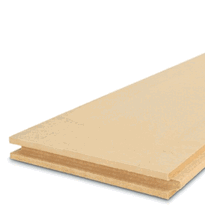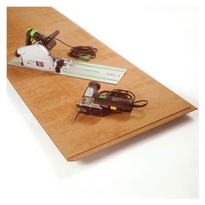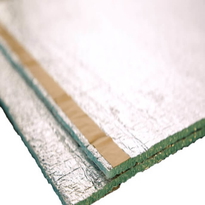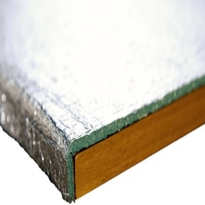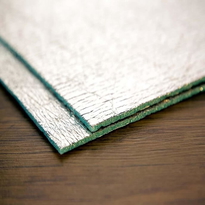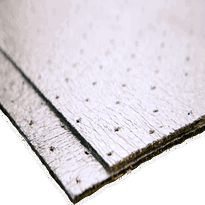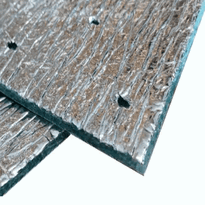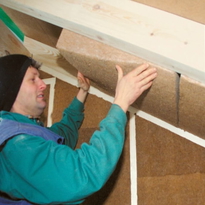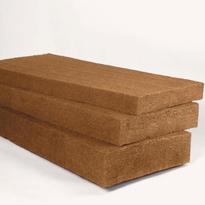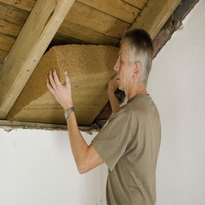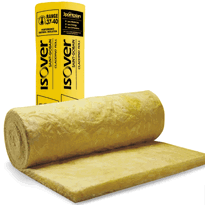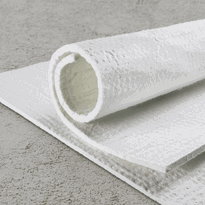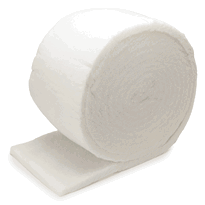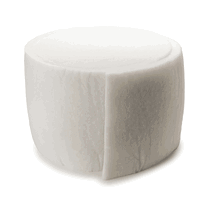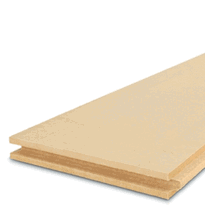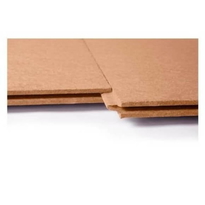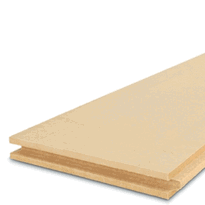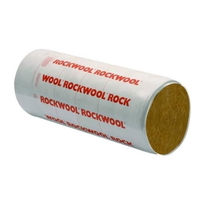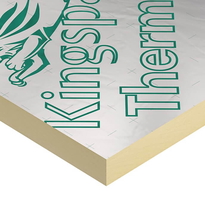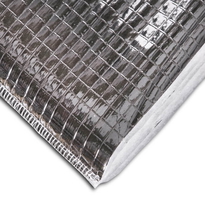Understanding the Structural Elements of Vaulted Ceilings
Understanding the structural elements of vaulted ceilings is crucial for assessing their stability, insulation capacity, and suitability for renovation projects. Roof trusses, which consist of interconnected triangular members, form the primary load-bearing framework supporting rafters, ridge beams, collar ties, and other components. Load-bearing capacity must be carefully evaluated to determine if the existing structure can support the additional or altered loads associated with converting or modifying vaulted ceilings. Rafters are the main supports that carry the slope and weight of the roof. They're typically positioned against exterior support walls or the ridge beam, which runs along the peak of the ceiling to maintain the overall structural integrity. Collar ties, which run horizontally between rafters, serve to prevent sagging and maintain the shape of the roof structure. Structural supports—either temporary or permanent—are used to stabilise the system during construction or modifications. External framing walls and double top plates function as load-distributing elements, transferring the roof loads down to the foundation efficiently. A comprehensive understanding of these elements is essential to ensure accurate assessment and safe renovation of vaulted ceilings. This knowledge helps in maintaining structural stability and optimising the benefits of such architectural features within existing or new buildings.
Selecting the Optimal Insulation Materials for Vaulted Spaces
Selecting the Optimal Insulation Materials for Vaulted Spaces
Choosing the right insulation materials for vaulted spaces requires careful consideration of their thermal properties, moisture resistance, cost, and ease of installation. The goal is to ensure energy efficiency, prevent moisture issues, and achieve a comfortable indoor environment. Vaulted ceilings often have increased surface area, leading to more significant heat transfer challenges. Closed-cell spray foam offers high thermal resistance per millimetre, excellent resistance to moisture infiltration, and acts as an effective air barrier. These qualities make it particularly suitable for confined vaulted spaces where effective moisture control is essential. Open-cell spray foam expands to fill gaps, providing good air sealing but offering lower thermal resistance and greater vapour permeability. This type of insulation may be better suited for some cathedral ceilings where breathability is a priority. Fibreglass batts are a cost-effective option that are relatively straightforward to install. However, it's vital to ensure that batts are fitted correctly without gaps or compression, which can significantly reduce their insulation performance. Bulk insulations like mineral wool or speciality fibre products can also be considered. They provide good thermal properties, are fire-resistant, and are resistant to mould and pests. Rigid foam boards, particularly foil-faced variants, deliver high thermal resistance and double as vapour barriers. They're useful in panelised constructions or where space optimization is necessary. Prioritising materials based on their thermal performance, moisture resistance, ease of installation, and cost ensures optimal insulation for vaulted ceilings. Tailoring your selection to the specific conditions of your space will help maintain thermal comfort and efficiency.
Effective Installation Methods for Enhanced Thermal Performance
Effective Installation Methods for Enhanced Thermal Performance
Achieving optimal thermal performance in buildings relies heavily on the quality of installation techniques. Proper methods not only improve energy efficiency but also contribute to long-term durability and comfort. Insulation R-values are critical for meeting code requirements and ensuring heat retention in various climate zones. Key strategies include:
-
Utilising high-quality materials that meet the necessary thermal resistance standards to ensure effective insulation.
-
Carefully sealing all joints and gaps to prevent unwanted air leakage, which can significantly reduce insulation effectiveness.
-
Implementing staggered joints in exterior insulation layers to minimise thermal bridging and enhance overall thermal continuity.
-
Ensuring insulation is positioned correctly, without compression or gaps, to maintain its specified thermal properties and avoid compromising performance. [Proper installation also involves checking for consistent placement and avoiding voids or compression that reduce overall R-value.
Benefits of Proper Insulation in Vaulted Ceilings
Proper insulation in vaulted ceilings provides considerable advantages that directly enhance a building’s energy efficiency, indoor comfort, and structural resilience. Adequate insulation reduces the transfer of heat through the roof and ceiling, which are major pathways for heat loss or gain. This can result in savings of over 50% on energy bills, helping to maintain stable indoor temperatures throughout the year. Because vaulted ceilings have a sloped design that extends from wall to a higher central point, they may require specialized insulation approaches. Selecting high-performance insulation materials, such as mineral wool or fibre glass batts, enables effective thermal control. These materials help to minimise drafts, cold spots, and noise intrusion, while also protecting against moisture-related issues like mould growth or timber decay. Correctly specified and professionally installed insulation not only prolongs the lifespan of the structure but also preserves occupant comfort and supports environmental objectives.
The following table highlights the key benefits:
| Benefit | Impact | Material Example |
|---|---|---|
| Energy Savings | Significantly lowers heating and cooling costs | Fibre glass, Mineral wool |
| Indoor Comfort | Maintains stable temperatures, reduces drafts | Rigid foam, Fibre glass |
| Structural Protection | Prevents dampness, mould growth, and structural damage | Moisture-resistant insulation |
Investing in quality insulation for vaulted ceilings is a wise decision that results in long-term benefits for homeowners and property managers alike. Proper application enhances the building’s overall performance, leading to reduced energy consumption and a more comfortable, durable living environment.
Conclusion
Vaulted Ceiling Insulation
Proper insulation of vaulted ceilings requires an understanding of their structural components, selecting suitable materials such as aerosol-based insulation or rigid boards, and implementing precise installation techniques to maximise thermal efficiency. When correctly applied, insulation improves energy conservation, reduces heating and cooling costs, and enhances indoor comfort. Careful attention to detail during each step ensures consistent performance over time. Ultimately, thorough insulation strategies are essential for optimising the environmental and economic benefits of vaulted ceiling spaces.
